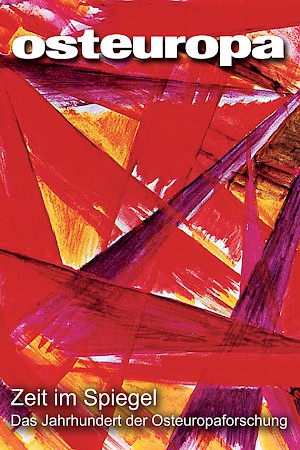The Double Niche
The Historiography of East European Jews in Germany
Deutsche Fassung
Abstract
Starting in the 18th century, the majority of the world’s Jews lived in Eastern Europe. The region remained the centre of Jewish life – until the Holocaust. But in both disciplines, in Jewish History and in East European History, research on East European Jews lived in the shadows. In Germany, such research is inseparably connected with 20th century history. After the First World War and the wave of Russian-Jewish immigration to Germany that followed, Jewish history flourished. After 1933, “research on Jews” became an anti-Semitic discipline, which, from 1939 onward, served German policies of occupation and annihilation. In the postwar era, Jewish history was initially taboo. Not until the mid-1960s were the first chairs of Jewish Studies established. It was only in the 1980s that East European History, which was then oriented towards social history, began to examine Jews in the Russian Empire and the Soviet Union. Today, the study of East European Jewish history has become a paradigm for transnational and global historical questions.
(Osteuropa 2-3/2013, pp. 147–170)



